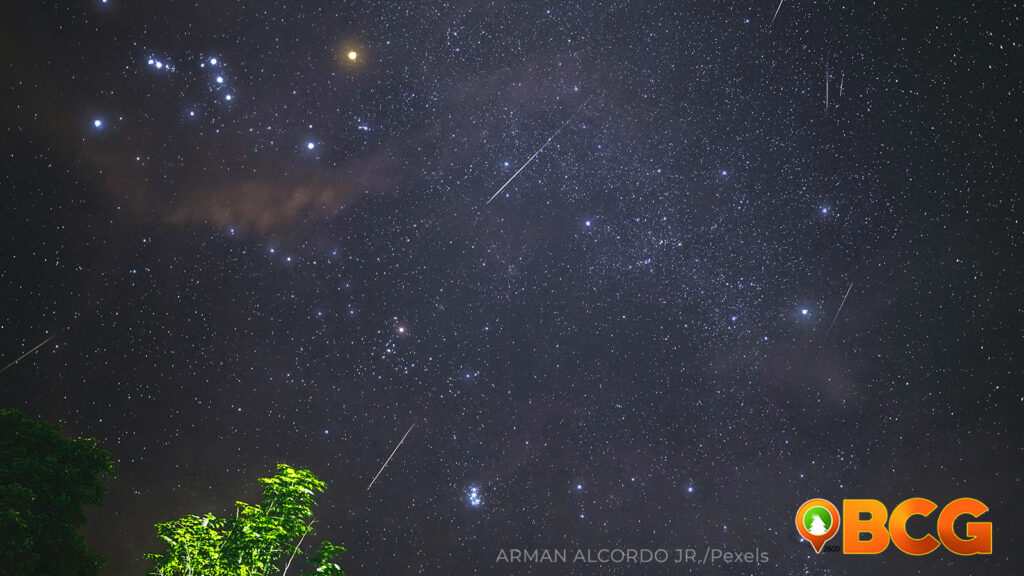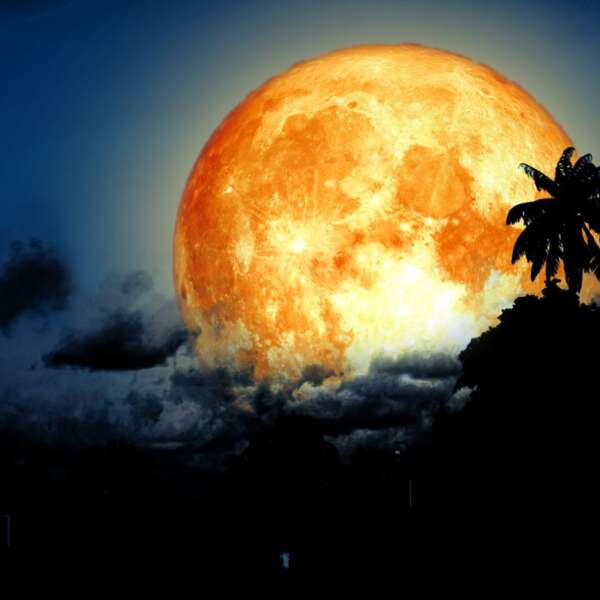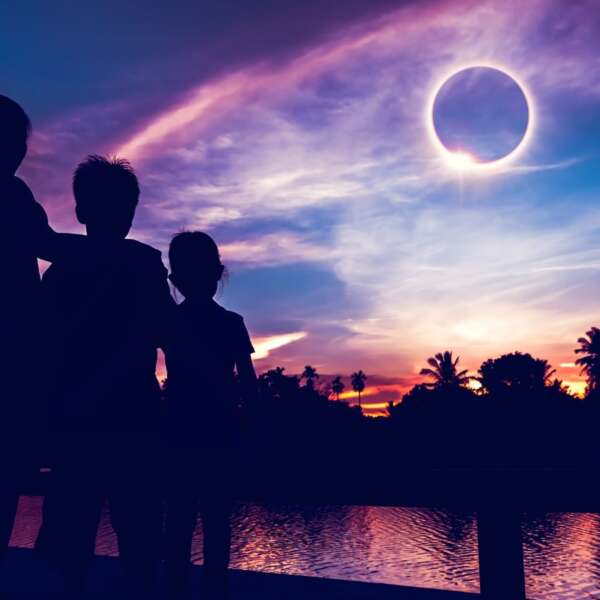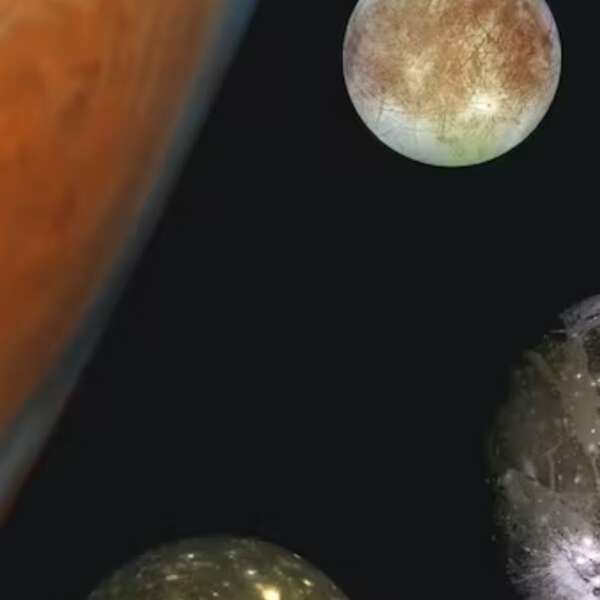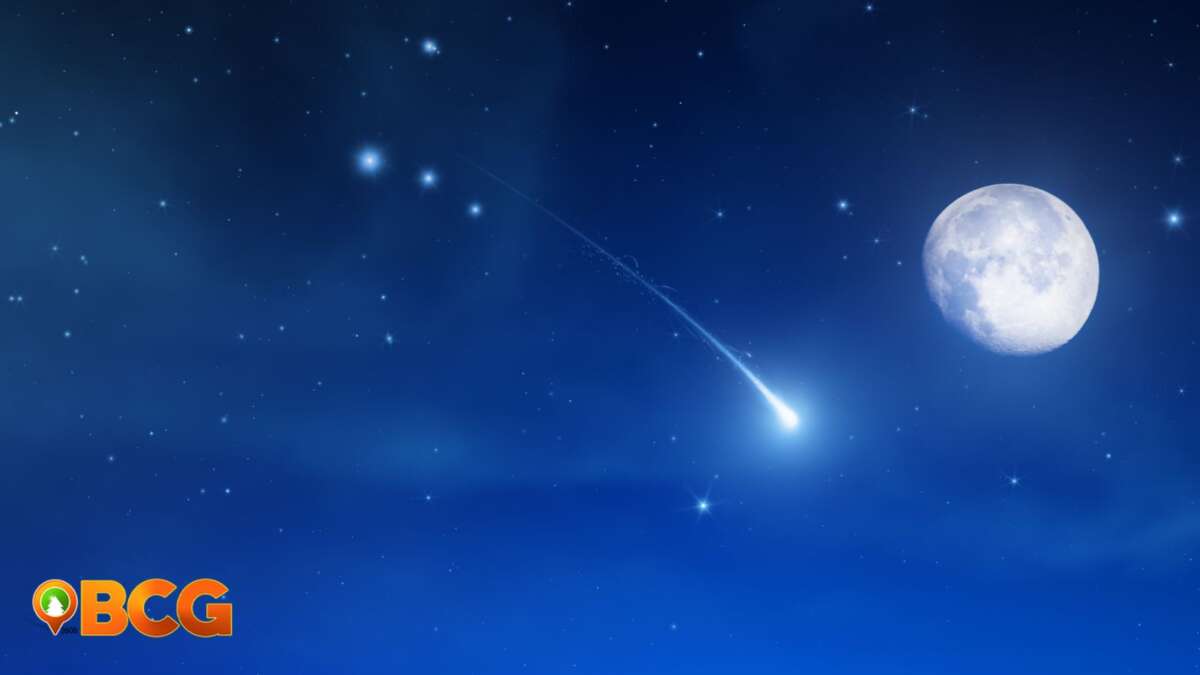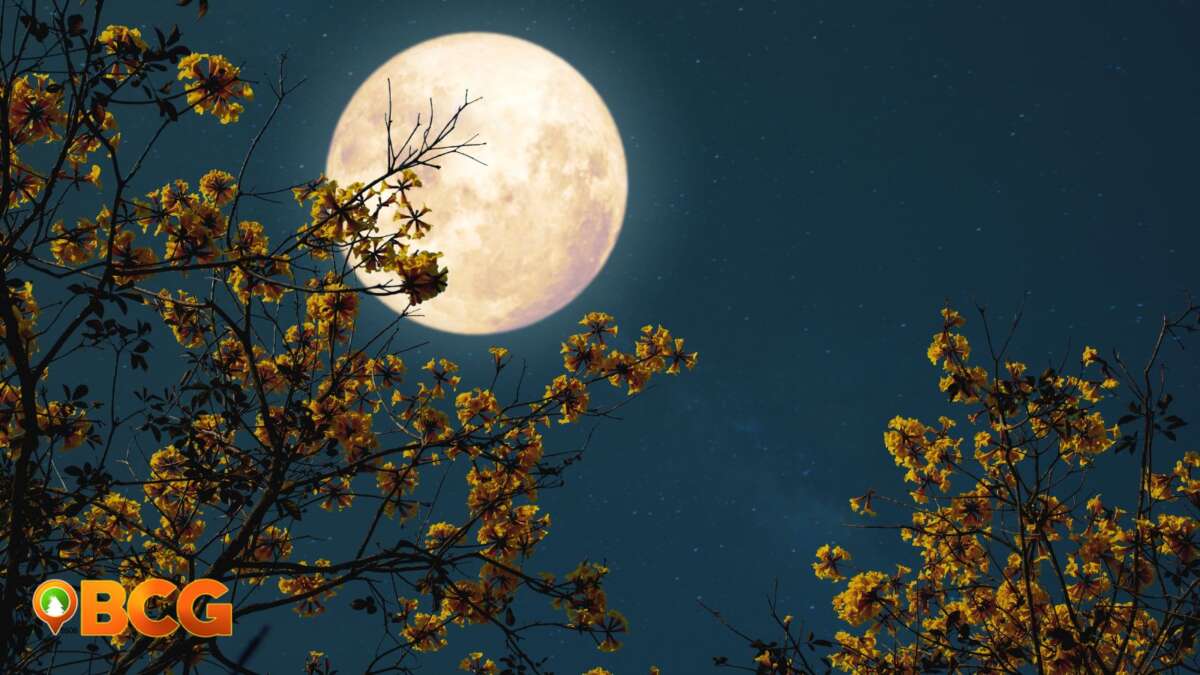Lyrids Meteor Shower Set to Peak Tomorrow; Here’s how you can witness it
If you’ve been seeing one or two meteors during the dark nights of April like us, now’s the time to look for a good spot to stargaze because the Lyrids Meteor shower is about to put on a show.
The occurrence of the thousand-year-old celestial show was announced by PAGASA through their April Astronomical Diary. While it is observable from April 16 to 25, the Lyrids meteor shower is expected to reach its peak tomorrow, April 22, 2022, at 4:00 in the morning.
History of the April Lyrids Meteor Shower
The Lyrids meteor shower is the oldest known meteor shower and has been observed for more than 2,600 years. The first recorded sighting of a Lyrid meteor shower goes back to 687 BC by the Chinese, describing it as “stars falling like rain”. These meteors got their name from the constellation Lyra (photo below), which hosts the bright star Vega, the fifth brightest star in the sky. The Lyrids meteor shower, which usually appears between April 16 and April 25, was called such because they appear to radiate from a point in the constellation Lyra. The source of the Lyrids meteor is the comet Thatcher (C/1861 G1), which orbits the Sun every 415 years.
The parallelogram shape of the constellation Lyra represents the lyre, the musical instrument of Orpheus from Greek mythology. It was said that the Greek musician and poet played the lyre at the gates of Hades in an attempt to win back Eurydice from the Underworld.
How to Catch the Peak of the Lyrids Meteor Shower
The shower’s radiant is at its highest around 4:00 in the morning, which will be the best time to view the meteor shower. Notwithstanding the bright light brought about by the moon in the “Waning Gibbous” phase, with clear skies and a dark environment, as many as 18 meteor streaks per hour with a velocity of 49 km/s, may be visible during this window according to the European Southern Observatory. The good news is, this breathtaking cosmic light show requires no special equipment and can be enjoyed by the naked eye. NASA says that they are best viewed in skies that are as dark as possible, away from light pollution.
@baguiocityguide pov: you looked out your window at 2am and you don't feel so alone anymore. #timelapse #shootingstar #foryou #stars #alone ♬ ive never felt so alone – favsoundds
The key to spotting the fleeting streaks of light is to lie on your back or sit comfortably on a lawn chair and look up to the sky, taking in as much of it as possible. Your eyesight will adapt in the dark in about 30 minutes and you will begin to see meteors. When viewing meteors, NASA also reminds viewers to practice patience, and since the show will last till dawn so you will have plenty of time to get a glimpse. As long as you don’t fall asleep, that is.
Which direction should I look to see these celestial events?
With the help of technology, it will be fairly easy to find out which direction you should look up to see the meteor showers. You can download Sky Map (FREE) or Stellarium (PAID) to search for the planets, constellations, or radiant where the meteor will radiate from and let it guide you in the right direction.
If you ever miss the show tomorrow, don’t worry because there is still the π-Puppids Meteor Shower, expected to peak on Sunday, April 24, and the Eta Aquarids next month.


